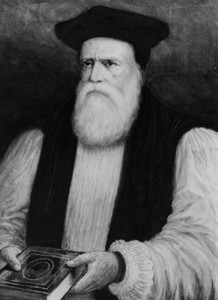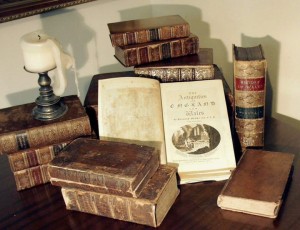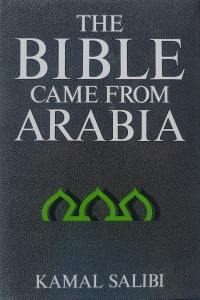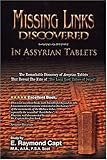William Morgan was born in 1545 at Ty Mawr Wybrnant, in the parish of Penmachno, near Betws-y-Coed, North Wales. He attended St John’s College, Cambridge where he studied a range of subjects including Philosophy, Mathematics and Greek.
The Welsh translation of the Christian Greek Scriptures was completed by 1567. It was basically the work of two scholars, William Salesbury and Richard Davies, with Thomas Huet’s translation of the book of Revelation. William Morgan, a Hebrew, Greek, and Latin scholar, later revised their translations, adding his rendering of the Hebrew Scriptures. The complete Bible was finally printed in 1588, and by means of it, the goal ‘that every Welshman could draw the truth of the Scriptures from the fountain-head in his own language’ was realized ( Wales: A History, by Wynford Vaughan-Thomas, p.155). Why was royal consent given? For the political expediency of religious uniformity and discouraging Catholicism. The fledgling Anglican Church was committed to national sovereignty over England and Wales, and the disappearance of medieval Catholicism, meant replacing the Mass with scriptural exposition. The Act of 1563 actually stated: ‘that the Welsh people might better learn to love and fear God, to serve and obey their Prince (meaning, Elizabeth I), and to know their duties toward their neighbours’..









